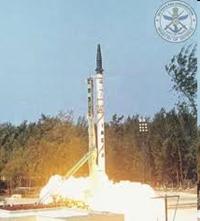The Indian Air Force upped the total value of a contract with Boeing Co. for aircraft maintenance and upgrades by nearly half a billion dollars, according to an announcement from the Defense Department Wednesday.
The contract modification — worth $469 million — was made under a foreign military sales requirement for Boeing's C-17 Globemaster III airlifters, which means the actual contract to provide the services to India is between Boeing and the Defense Department.
The Indian Air Force is a member of the "virtual fleet," which is an international program that provides C-17 customers with comprehensive logistics support, including spare parts, support equipment, technology orders, sustainment engineering, and on-site field teams. This is accomplished through use of shared resources across the entire global fleet, providing all C-17 customers —regardless of the number of aircraft that they own — access to the same support services.
Boeing, which employs more than 3,200 people in more than two dozen locations in the Washington area, announced in June that the India’s Ministry of Defence signed an agreement with the U.S. government to acquire 10 C-17 Globemaster III airlifters for an estimated $4.1 billion, making India the C-17′s largest international customer.
Washington Business JournalSource:
 "We are planning to test fire an advanced nuclear capable Agni-II Prime missile by next month," defence ministry officials said here.
"We are planning to test fire an advanced nuclear capable Agni-II Prime missile by next month," defence ministry officials said here.